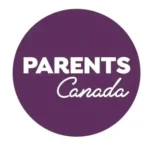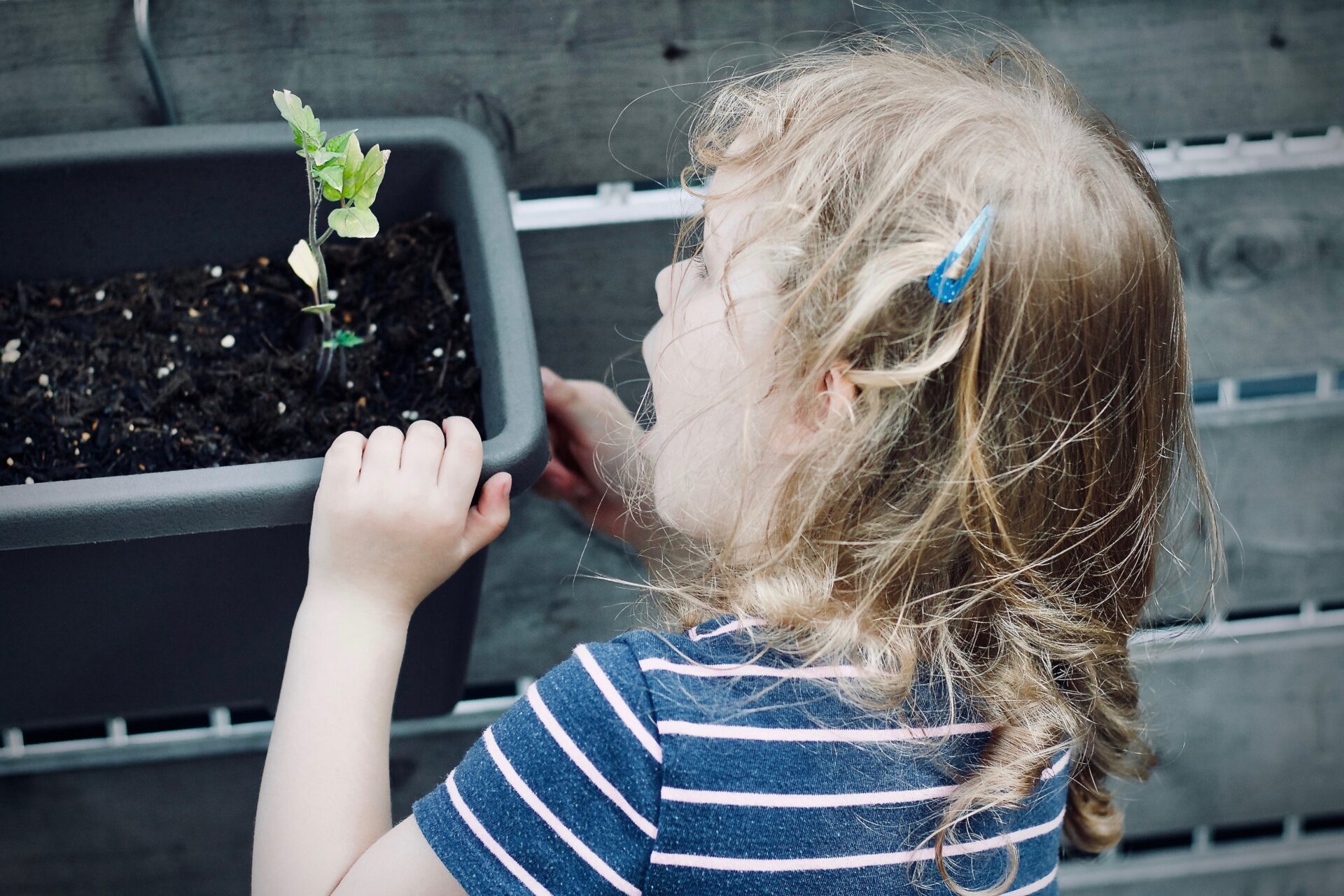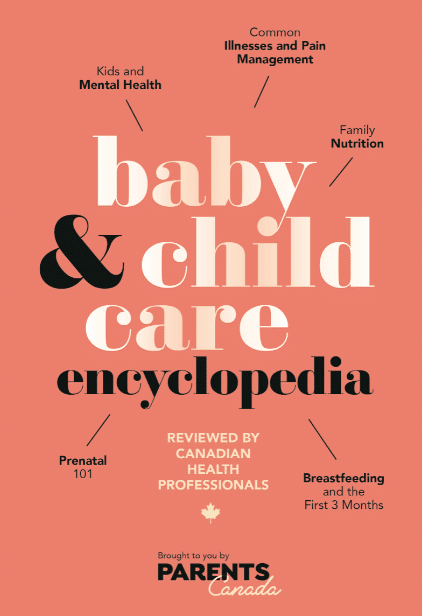Preschool
5 min Read
Preschool Milestones (3 to 5 Years): What to Watch For

October 26, 2020
Preschool
5 min Read

October 26, 2020

 From the pages of the Baby & Child Care Encyclopedia: Chapter 9, Milestones, Checklists and Charts
From the pages of the Baby & Child Care Encyclopedia: Chapter 9, Milestones, Checklists and ChartsBefore you know it, your sweet little babe is a preschooler (honestly, it’s going to feel like it happened overnight). This age is so fun, and you’re about to watch your toddler really come into their own on their personality. Here are some of the milestones to look for, as your child moves into this next phase of growth and development.
Measure your child’s growth every six months, using your bathroom scale for weight and a tape measure for height. Ask your child to stand straight with their back against the wall. Then hold a book on top of your child’s head and make a pencil mark at the level of the lower cover of the book. Then use the tape measure to measure their height.
Your preschooler’s appearance will change and you may have a glimpse of what your child’s face and physique will be as a grown-up.
Improved balance and coordination help the preschooler try more difficult exploits: hopping, jumping, big jumps forward, balancing well on one foot, running, skipping and climbing monkey bars.
It can be a lovely keepsake of your kid’s childhood to have a place where your little one’s height is marked in your home. If you’re renting a home or want to be able to take the growth chart with you during a move, many companies make adorable charts that can be affixed to the wall and easily removed when necessary.
At this age, many parents introduce their preschoolers to the sports they themselves enjoy: swimming, skating, skiing, or imitating hockey and baseball motions with their parents or similarly aged friends. Team sports can be a challenge at this age but kids can work on the individual skills they will need when they are an appropriate age to try playing on a team.
Hand to eye coordination is also progressing quickly at this age. Preschoolers throw and bounce balls. They are likely able to string beads, cut with scissors and hold crayons with their thumb and two fingers. By now, most children are showing their hand preference very clearly. Do not attempt to change it.
Preschoolers can produce long and complex sentences and they ask questions beyond “what.” Now it is “why,” “when,” and by the end of this period, “how.” By now, they can use past and future forms of speech. They start to give a beginning, middle and end to what they are saying. Their stories may sometimes be a mix of facts and fantasy as your child’s imagination grows.
Consult your doctor if
Stuttering Around four years of age, many children start to stutter. In most cases, stuttering at this age will improve. A physician only needs to be consulted if the stuttering persists for more than a couple of months and interferes with your child’s attempts to communicate.
Your child will learn to understand and draw simple shapes, as well as learn about—and try to draw—the shape of a body and its parts. Children learn that their names consist of sounds that can be put down on paper. They can count by rote, but they don’t really understand the meaning of numbers, such as 10 being more than five.
By now, your child decides it is safe to be away from you for a little while. They can tolerate separation from their parents and use other grownups, such as teachers, as substitutes for parents. They are also used to meeting and being with peers in play groups, drop-in centres, nursery schools and daycare centres.
The crucial factor in being ready for school is the ability to separate from parents and relate to other adults and peers. If your preschooler is secure, peer relationships will be explored that require skills like taking turns, sharing, being a leader or taking another child’s lead.
Nipissing District Developmental Screen The NDDS is often touted as the Canadian standard for milestone assurances. The NDDS is a series of checklists designed to give parents a sense of whether their child is hitting age-appropriate developmental milestones, and, should there be a concern, directing parents when to have their child seen by a paediatrician or GP. Parents can register for monthly prompts up to 30 months, and then yearly prompts up to age six, at lookseechecklist.com.
As you watch your child grow and learn, saving with a CST RESP will help you support their dreams. Visit www.cst.org to learn more.
The Milestones, Charts and Checklists chapter of the Baby & Child Care Encyclopedia has been made possible by CST Consultants Inc.
